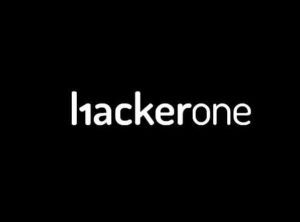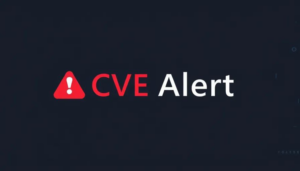CVE Alert: CVE-2024-13807 – xagio – Xagio SEO – AI Powered SEO
CVE-2024-13807
The Xagio SEO plugin for WordPress is vulnerable to Sensitive Information Exposure in all versions up to, and including, 7.1.0.5 via the backup functionality due to weak filename structure and lack of protection in the directory. This makes it possible for unauthenticated attackers to extract sensitive data from backups which can include the entire database and site’s files.
AI Summary Analysis
Risk verdict
Unauthenticated remote access to backup data via the vulnerable plugin creates a high risk of data exposure; patching should be treated as urgent.
Why this matters
Backups can contain the entire database, site files, and configuration details, enabling significant data loss or leakage if retrieved by unauthorised actors. The issue supports opportunistic data theft at scale and could have compliance and reputational consequences for affected sites.
Most likely attack path
An unauthenticated attacker can directly request web-accessible backup files resulting from the plugin’s flawed backup handling. No user interaction or privileges are required, and an exposed backup endpoint suffices; exploitation does not alter integrity or availability, but yields sensitive information and potential lateral movement through disclosed data.
Who is most exposed
WordPress installations running Xagio SEO with backups stored in web-accessible locations (common on shared hosting or misconfigured servers) are at greatest risk, particularly those with lax directory protections or exposed backup naming.
Detection ideas
- Unusual GET requests targeting known backup file patterns and directories.
- Access logs showing frequent retrieval of backup-like files without corresponding user activity.
- Large or unexpected data transfers from plugin backup endpoints.
- 403/404 patterns around backup URLs followed by successful fetches from odd IPs.
Mitigation and prioritisation
- Update to patched version (or remove/disable backups feature) promptly.
- Move backups out of the web root; enforce access controls and authentication for backup endpoints.
- Apply server-side protections (deny listing, rate limiting, IP allowlists for backup paths).
- Validate and test change in a staging environment before production rollout; perform a targeted patch window.
- If KEV is present or EPSS ≥ 0.5, treat as priority 1.
A considerable amount of time and effort goes into maintaining this website, creating backend automation and creating new features and content for you to make actionable intelligence decisions. Everyone that supports the site helps enable new functionality.
If you like the site, please support us on “Patreon” or “Buy Me A Coffee” using the buttons below
To keep up to date follow us on the below channels.




